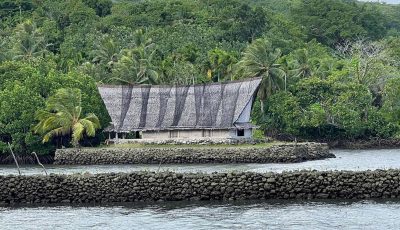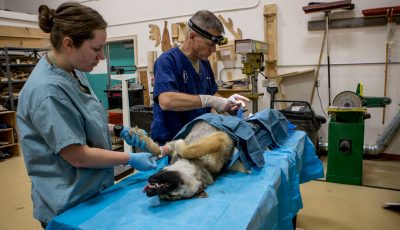WHO tags 4 regional health priorities
The World Health Organization has its work in the region cut out for it, with the identification of four priorities for the Western Pacific, which includes the CNMI.
With the region already affected by frequent natural disasters and faced by an increasing number of non-communicable diseases, the WHO has come up with a set of priorities that reflect the region’s economic, social, and environmental context, according to WHO Western Pacific Region director Takeshi Kasi, who is making his first visit to the CNMI.
These four priorities are: Health security (including antimicrobial resistance), non-communicable diseases and aging, climate change, and reaching the unreached people and communities still affected by infectious diseases and high rates of maternal and infant mortality.
Aside from the CNMI’s increased burden from NCDs and frequent typhoons, it is also grappling with communicable diseases and microbial resistance. In order to combat these issues, WHO and the CNMI plan on working on the following for 2020:
Develop the capacity of the CNMI’s emergency medical team to respond to health emergencies.
Strengthen health information systems, so that the CNMI can better understand the situation and respond to the health challenges being faced.
Strengthen policies and legislation to tackle behavioral risk factors for NCDs, such as betel nut use, as well as unhealthy diets and physical inactivity.
In coming months, WHO intends to work with its counterparts in the CNMI on these priority areas, to be sure that the work considers possible future scenarios and is “future proof.”
“We want to be able to help the CNMI harness innovation and strengthen local strategic information capacity,” Kasai said.
Other issues such as mental health, and the remoteness with the cost of travel to the Pacific are within WHO’s overall health perception in the Western Pacific, as these issues are commonly discussed in regional meetings.



























